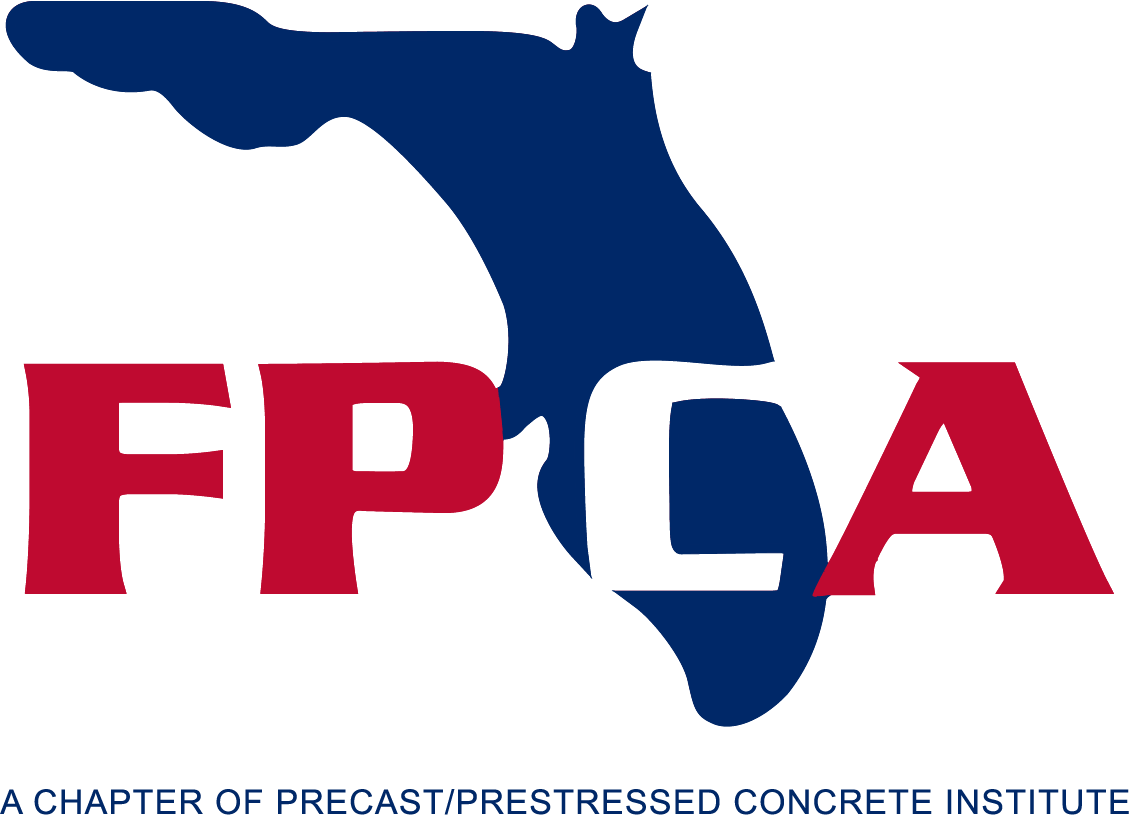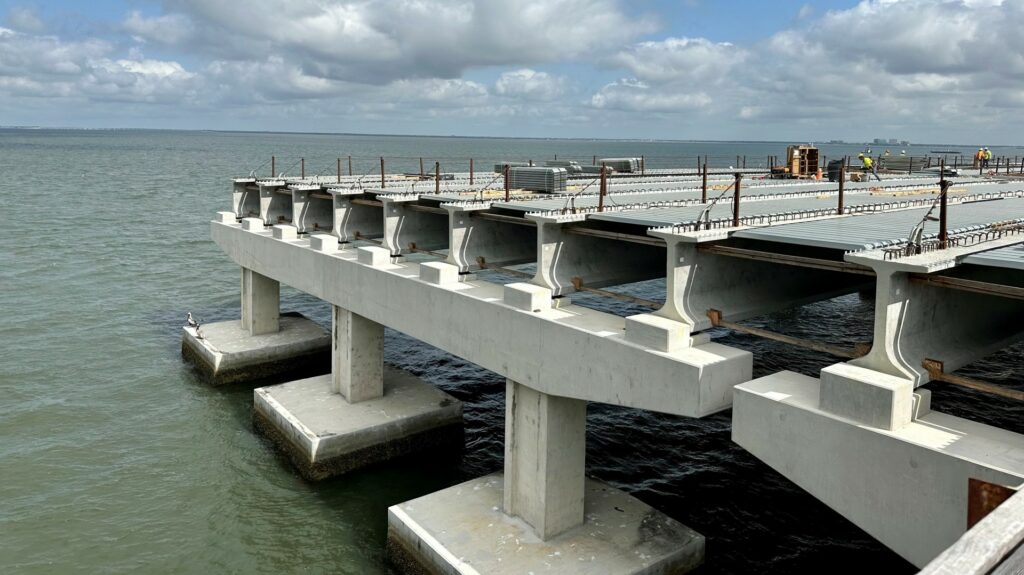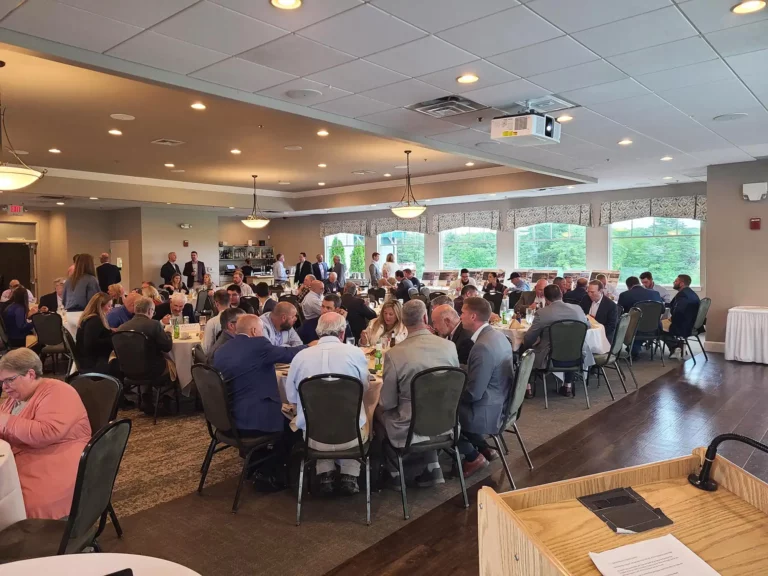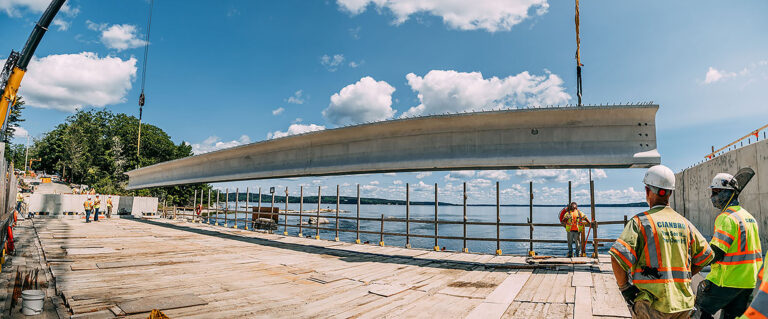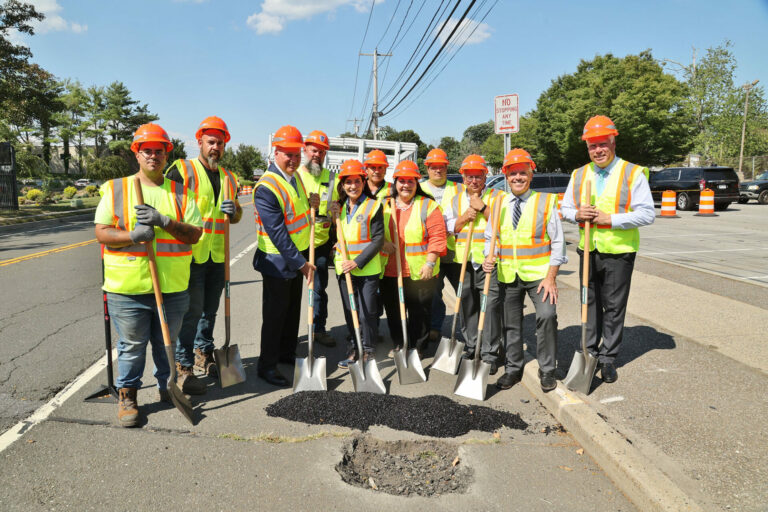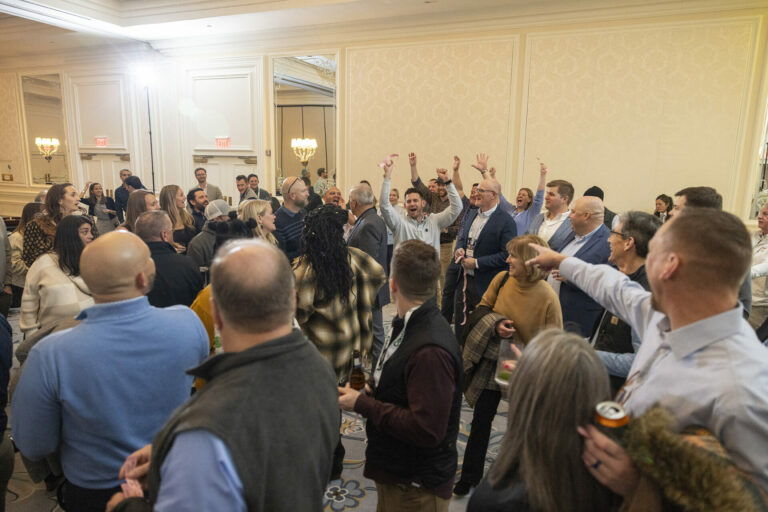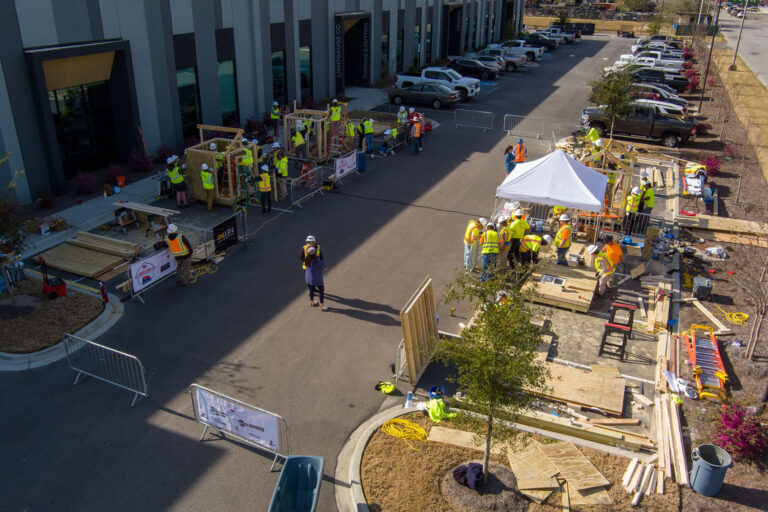In an industry doing its level best to reduce its carbon emissions, alongside omnipresent labor shortages and an aging infrastructure that requires upgrading, it is safe to say that those within the construction world are under considerable pressure. While this is true right across North America, the landscape is particularly challenging in Florida. Major public works projects, coupled with the pressures of a tough sea-facing and hurricane-prone environment, means that those within the industry are certainly kept occupied. It is not just weather-related challenges that companies are up against, either. The state has a well-earned reputation for technological advances and innovation, with 2023 marking the 27th year of the Florida High Tech Corridor. Impressively, the area counts 20,000 tech companies and rivals both Silicon Valley and North Carolina’s Research Triangle. All of this serves to illustrate the pressing need for Florida’s construction industry to maintain its high standards, continue its growth and most of all, stay ahead of the curve. No doubt about it, Florida’s builders are busy. It is within this context that the precast, prestressed concrete producers sit, a growing sector with massive potential and strengths across multiple platforms.
Given its relatively recent use as a construction material, the precast, prestressed concrete community is a close-knit one. Consisting of multiple producers that cover specific market segments such as transportation, commercial, municipality, and architectural projects, it also has a strong tendency towards specialization. With this in mind, it is no surprise that for those within the sector, strong representation is essential. The Florida Prestressed Concrete Association (FPCA) was founded in 1957 and came about through a need to advance the knowledge and application of a material that was, at the time, both revolutionary and in its infancy. As the first precast concrete association in the nation, and the driving force behind the foundation of the Precast/Prestressed Concrete Institute (PCI), it has amassed a wealth of experience and knowledge that continues to accelerate the construction industry. Unsurprisingly for an association with such a backstory, its primary goal, “to provide the construction industry in Florida a superior building system that is durable, attractive, and economical,” has never changed.

Diep Tu, P.E., has been Executive Director of FPCA for six years and, while the association has always maintained an upward trajectory, it is certainly now benefitting from his astute leadership. Now crafting a career in one of the most important states for construction in the U.S., Tu had previously worked a great many stations, contributing in depth to sectors as diverse as government, private enterprise, and educational outreach. After graduating from the University of Florida, he worked for the Department of Transportation as a Concrete Research Engineer before moving on to the role of Director of Engineering at the Florida Concrete & Product Association, which ultimately lead him to his role at the FPCA. As Tu explains, as the Executive Director of a state association and a chapter of PCI, he works alongside colleagues and experts from across the industry, with representatives such as producers, vendors, and professionals who all work collaboratively towards the same goal: increased industry presence.
While the current outlook is not without its challenges, those at the FPCA believe that the outlook is a positive one. For Tu, the role of the Association does not deviate and regardless of the vagrancies of the industry, it is committed to facilitating, educating and communicating. He states that building ‘networks of knowledge’ and creating clear pathways for new entrants to the industry is the association’s priority. As he explains, ensuring a source of labor, in the midst of a skilled worker shortage, is no easy task. It involves a hybrid of B2B marketing and education. “When talking to professional practitioners, you are educating them on your industry and resources from the get-go; when you go to schools with your know-how, you educate the next generation.”
“By maintaining a vocal presence, the association ensures the industry at large remains educated on all things FPCA.”
In order to promote the industry and encourage potential new entrants, this education needs to happen early. With industries all competing for the highest quality workers, the FPCA knows that it needs to act decisively. The association leads outreach programs to various educational settings such as universities, colleges, vocational, technical, and high schools. Encouraging industry engagement, FPCA offers scholarships that are tied to internships and provide financial support, equipping students with the opportunity to work with member producers. While Tu accepts that this does not provide any guarantees, it may end up being a motivating factor to inspire the next generation to join the precast, prestressed concrete industry. However, he is progressive in his assessment because ultimately, he believes that it will benefit the industry in some form. “If they happen to become designers, architects, researchers, vendors, planners or anything else adjacent to the industry, they will still be familiar with our products, and how our processes take place.”
Another element that Tu and the FPCA identify as crucial to safeguarding the future of the industry is positive and effective connection. As Tu explains, communication is key. It is at the heart of the work being carried out by the association and can be seen in the interactions that take place between different generations of workers, and the distinct professional roles that the association’s members serve. By way of example, he explains how the association’s twice-yearly conference invites vendors and industry experts to share innovative new materials and products such as automation, robotics and 3D printing. These gatherings provide members with the opportunity to meet up with producers, visits educational institutions, and learn about exciting new technologies from the experts. For Tu, the developments are ushering in an exciting new era for the sector. “One might spend months building a wooden form. Contrast that with the process of 3D printing a mold, which could be completed in just a couple of weeks. This means we can produce quality products for our clients faster and more cost-effectively.”
Overall, however, communication is a balance. As Tu emphasizes, it is important to address both the personal and the collective. The FPCA regularly shares insights on the industry along with developments, news, research, and high-profile projects in its newsletter. By maintaining a vocal presence, the association ensures the industry at large remains educated on all things FPCA. Tu furthers this education drive by attending local conferences such as the American Institute of Architects (AIA) and the American Society of Civil Engineers (ASCE), where he exhibits and speaks to large audiences of architects and engineers, highlighting the benefits of prestressed concrete and the effectiveness of the association’s members.
While the growth of prestressed concrete across the industry is undeniable, challenges persist. One in particular is the regulatory and administrative impact of Environmental Product Declarations (EPDs) on the industry. Tu states that while their implementation is a near-future priority, they can be seen as a powerful data collection tool. “I know that local municipalities and local governments are pushing for more EPDs around the country. We also need to be aware of what is coming over the next 5 to 10 years. EPDs require a lot of data collection, and the more data you collect, the better your insight into trends, into how your products are developing, and how to prepare to exceed the standards.” Through continuous contact and work with the PCI, a substantial amount of information on EPDs has already been collected. Unsurprisingly however, he believes that collective communication is vital in this instance and believes that the question should be best viewed from a national standpoint. Eventually, Tu says, every chapter will be required to use the same format and when these standards and formats are settled, his members will have the clarity to catalogue the materials they are using. For now, he says, it is a time for learning. “Awareness efforts are ongoing. This summer, I have speakers that will come in and talk about EPDs which will give our producers a glimpse of what they are and what to expect.”
The Florida Prestressed Concrete Association is the longest running association in its sector. It has provided support and advocacy to its members for decades and has endured industry change, adaptations, and innovation alongside a backdrop of encroaching everglades, floods, and hurricanes. For Tu, one word describes the experience of his industry, the association, and its members: resilience. With this, in addition to strong communication and effective education, the industry looks to be in very safe hands for many years to come. “We can build structures on elevated foundations, and on pilings. We make precast sea walls. Naturally, precast, prestressed concrete products are inherently stronger, because of all the high-strength materials and reinforcements that come into play. Precast, prestressed concrete products protect lives because of they are long-lasting and durable.”










